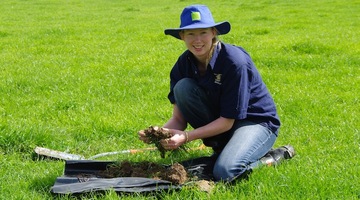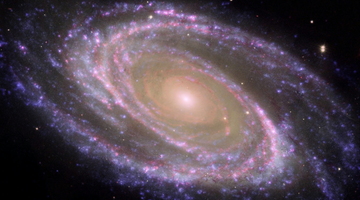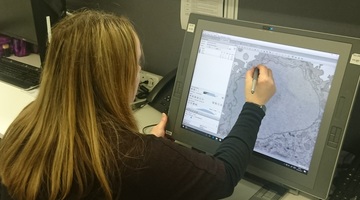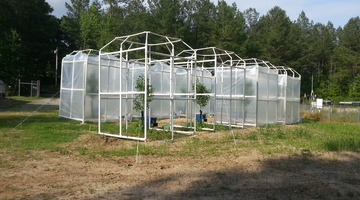

Observation is something we often do instinctively. Observation helps us decide whether it’s safe to cross the road and helps to determine if cupcakes are ready to come out of the oven ...
READ MORE

Astronomers studying space have two big problems: A lot of things in space seem invisible – they do not give out light we can see. Scientists cannot leave the Earth to go and collect pieces of ...
READ MORE

Scientists at Victoria University of Wellington are making new shapes of nanoparticles. These will help reduce poisonous emissions from car exhausts by making catalytic converters in cars more ...
READ MORE

In this activity, students model how scientists interpret microscope data by using shadows of an object from different angles to build up a 3D image. By the end of this activity, students should ...
READ MORE

In this activity, students discuss the importance of observation in science. They are given the opportunity to observe harakeke and record their observations. It is important to seek knowledge ...
READ MORE

In this activity, students make 3D models of specialised animal cells, imitating what can be seen under high-resolution microscopes. By the end of this activity, students should be able to: name ...
READ MORE

In this online citizen science (OCS) project, participants analyse electron microscope images taken of a range of biological samples, helping scientists better understand cancer, infectious ...
READ MORE

By comparing some features of fossilised plants with the same features of plants living today, scientists hope to be able to learn more about the effect of changing carbon dioxide (CO2) levels in ...
READ MORE

This citizen science project wants your assistance to extract information from various climate scientific graphics to help combat misinformation and support scientific communication. Using this ...
READ MORE

The Science Learning Hub has lots of resources for primary teachers related to the night sky in the Planet Earth and Beyond strand of the New Zealand Curriculum. The night sky is fascinating to ...
READ MORE

When well managed, class discussion can help students examine, evaluate and share knowledge about a subject, providing opportunities for students to think critically and creatively, consider ...
READ MORE

Primary Science Week 2016 has a focus on soil. Don’t confuse dirt with soil – did you know there are more living things in a teaspoon of healthy soil than there are people alive on the Earth? Dig ...
READ MORE
Dr Melanie Johnston-Hollitt, from Victoria University of Wellington, describes what black holes are. She also explains the importance to radio astronomers of black holes at the centres of galaxy ...
READ MORE
Dr Richard Tilley of Victoria University of Wellington explains what catalytic converters are and the role of catalysts. He also outlines why different shapes of nanoparticles are useful.
READ MORE
Prof Richard Haverkamp, of Massey University, explains why the small size of some nanoparticles helps them become good catalysts.
READ MORE

Astronomers use telescopes that detect radiation from different parts of the electromagnetic spectrum. This interactive explains which part of the spectrum various telescopes are able to view and ...
READ MORE

Explore the features of different microscopes and learn how scientists choose which ones to use in their research.
READ MORE

In this interactive follow a core sample as it makes its journey from the Alpine Fault to microscopic examination. Click on the labels for more information. Select here to view the full ...
READ MORE